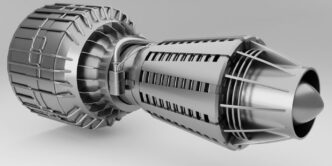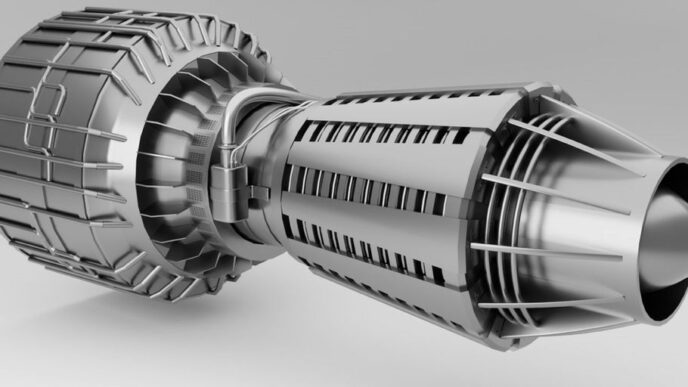
Activated charcoal (also known as activated carbon) has a variety of potential uses. For example, activated carbon currently serves as a popular filtration medium for water and air. Due to its high carbon content across its surface area, activated carbon can attract contaminants and substances during filtration.
However, filtering water and air is just one use for activated charcoal. New uses are constantly arising. Consider the following examples:
Carbon Capture
Various industrial processes can result in high carbon dioxide emissions. Companies and organizations aiming to reduce their carbon footprints have begun using activated carbon to “capture” carbon dioxide during these processes. Doing so may allow them to safely store carbon dioxide underground, reducing greenhouse gas emissions in the process.
Pharmaceutical Drug Delivery
Activated carbon doesn’t just attract contaminants. Other substances and materials that can bind to activated charcoal may include some that could play a role in various pharmaceutical drugs.
A recent study suggests activated charcoal or carbon may be very helpful as a means of drug delivery. Because it effectively binds high quantities of certain materials to its surface, it may provide an effective way to ensure a patient receives the necessary dose of a drug.
Health Uses
Some claim activated charcoal offers health benefits. Further study may be necessary to confirm these benefits.
That said, experimenting with activated charcoal in this capacity has grown increasingly common in recent years. It’s simply important that anyone using activated charcoal in this way does so using food grade activated charcoal.
Cosmetics
Activated charcoal binds various contaminants to its surface. Theoretically, this means it can be useful in cosmetics, binding contaminants and other material from a person’s skin to the charcoal.
Some cosmetics companies already use activated charcoal in their products. Others may do so in the future if it proves effective. Similar to the above example, customers should make sure an activated charcoal product is designed for use on the human body before experimenting with it in this way.
Car Emission Control
Large industrial facilities are by no means the only source of excess carbon dioxide and overall greenhouse gas emissions. Automobiles can also have a large carbon footprint. This is particularly true when one considers all automobiles on the road together, instead of merely accounting for the individual emissions of a single vehicle.
Some car manufacturers are experimenting with activated charcoal as a medium for controlling vehicle emissions. Until all vehicles run on a cleaner source of power, using activated charcoal in this way might ensure driving is a more eco-friendly activity.
Wound Dressing
Activated charcoal or carbon may be helpful in wound dressing. If activated carbon attracts contaminants, which may include bacteria, a wound dressing that consists of or contains activated carbon may help a wound stay cleaner.
The Future of Activated Charcoal is Now
A cursory review of recent studies indicates many different individuals and organizations are experimenting with many potential uses of activated charcoal. These are merely a few examples. As more researchers conduct more studies, even more uses are likely to arise.
Purchase Activated Carbon Today
Puragen offers activated carbon (aka activated charcoal) for a variety of uses. Learn more about what we have to offer by contacting us online today.












